Villa d'Este in Tivoli: a Renaissance masterpiece near Rome
Villa d'Este: the tickets most chosen by travelers

Villa D’Este: Entry Ticket
from 18 €

Villae Pass: Entry Ticket
from 32 €
Why visit Villa d'Este in Tivoli
Anyone exploring the architectural masterpieces of Tivoli will undoubtedly be filled with wonder at the sight of its enchanting gardens. This magnificent archaeological site, a UNESCO World Heritage Site since 2001, is a must-see attraction during your stay in this charming town in Latium. As you stroll through the splendid Italian garden of Villa d'Este in Tivoli, the kaleidoscope of fountains, evocative grottoes, and fairy-tale nymphaea will captivate you, leaving you speechless with its magical water features and musical water displays.
The project was commissioned by Cardinal Ippolito II d'Este, who sought to alleviate his disappointment over not being elected Supreme Pontiff by seeking inspiration from the luxurious Renaissance courts of Ferrara, Fontainebleau, Rome, and the splendor of Villa Adriana. In 1550, he became the governor of this Latium city. After 1560, the architectural project was refined with specific iconological themes by painter, architect, and archaeologist Pirro Ligorio and was initiated by court architect Alberto Galvani. Over the centuries, the villa has also hosted illustrious figures, including the musician Ferenc Liszt.
For history buffs and lovers of culture and art, visiting Villa d'Este presents a unique opportunity to admire one of the most emblematic examples of refined Renaissance architectural style. As you wander through the avenues of its remarkable 16th-century Italian garden, you will appreciate its innovation and creativity. The site includes the palace and the magnificent gardens that cover approximately 4.5 hectares.
The gardens, adorned with stunning fountains, are a remarkable example of hydraulic engineering, featuring automated mechanisms that power the impressive water feature.
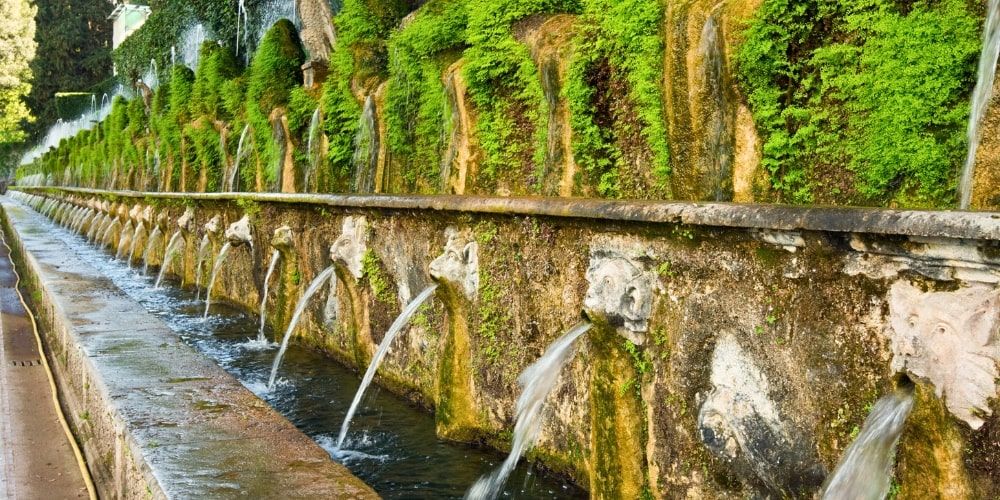
Discover all other experiences
Useful information to visit Villa d'Este in Tivoli
Opening times
Villa d'Este in Tivoli can be visited every day except Monday mornings, January 1st, and December 25th.
- From March 31st to September 15th, 2024, the villa opens at 8:45 a.m. and closes at 7:45 p.m., with the last admission at 6:45 p.m.
- From September 16th to September 29th, 2024, it opens at 8:45 a.m. and closes at 7:15 p.m., with the last entry at 6:15 p.m.; the garden closes at 7:00 p.m.
- From September 30th to October 26th, 2024, it opens at 8:45 a.m. and closes at 6:45 p.m., with the last entry at 5:45 p.m.; the garden closes at 6:30 p.m.
- From October 27th, 2024, to January 26th, 2025, it opens at 8:45 a.m. and closes at 5:15 p.m., with the last entry at 4:15 p.m.; the garden closes at 4:45 p.m.
- On Mondays, the villa opens at 2:00 p.m.
- On Bank Holiday Mondays, it opens at 8:45 a.m., and on the following Tuesday, it opens at 2:00 p.m.
You can enjoy free admission on the following dates: the first Sunday of each month, April 25th (Liberation Day), June 2nd (Republic Day), and November 4th (National Unity Day and Armed Forces Day).
The Organ Fountain's hydraulic organ is activated every day, starting at 10:30 a.m., and then every two hours.
Tickets and costs
The entrance fee to visit Villa d'Este is €12, while the reduced price is €2 for EU citizens aged between 18 and 25. There are additional options available, including agreements with Trenitalia railway company, and various passes, such as those that include a visit to the Sanctuary of Hercules the Winner. These options include the full pass, the reduced pass, and the VillaePass.
Accessibility
The beautiful gardens of Villa d'Este in Tivoli are partially accessible. Visitors with walking difficulties and limited mobility can use a dedicated lift to explore the garden wonders of this fascinating patrician residence.
Booking
To avoid long waiting times due to the influx of tourists, it is advisable to book your visit online, at the ticket office after checking availability, or by contacting the call center. From March 1 to October 31, schools can book the Schools Pass for €1.00 per student.
Each booking covers 25 people, including accompanying persons, while it is entirely free for accompanying teachers and students with disabilities. A fee applies to teachers and students over 18 years of age or to those from outside the European Union.
Villa d'Este: tips for your visit
How to arrive at Villa d'Este in Tivoli
If you're coming from Rome by car, take the A24 motorway and exit at the Tivoli tollbooth. Follow the Maremmana Inferiore road until it intersects with Via Tiburtina. Proceed until you reach the center of Tivoli.
If you are arriving from L'Aquila, take the A24 motorway and exit at Castel Madama. Head towards Via Empolitana, take Via Acquaregna and follow the signs leading to the center of Tivoli, a lovely destination in Latium.
Please pay attention to the restricted traffic zones. You can use the convenient multi-story car park near Rocca Pia, nearby Villa d'Este, or the car park in Piazza Garibaldi.
If you prefer to travel by public transport from Rome, you can take a comfortable bus that departs from Ponte Mammolo, which is near metro line B. The bus travels along Via Prenestina or Tiburtina, with Tivoli as its destination. Get off at the Largo delle Nazioni Unite stop near Piazza Garibaldi.
The train is another excellent option to reach the magnificent historic villa. You can board at Termini Station or Tiburtina Station and disembark at Tivoli railway station. From there, continue on foot, following the signs.
The best experiences in Rome
Best attractions around Villa d'Este
all entrance tickets for the most popular Italian attractions
St.Peter's Basilica
RomeColosseum
RomeVatican Museum
RomePantheon
RomeTrevi Fountain
RomeSistine Chapel
RomeSant'Angelo Castle
RomeTivoli Villas
RomeVilla d'Este, Tivoli, a Water Dream and UNESCO World Heritage Site since 2001
Villa d'Este, in Tivoli, less than 30 km from Rome, is a true masterpiece of hydraulic engineering and a spectacle of Renaissance architecture. It is defined as a "water dream" for its theatricality that amazes and accompanies visitors during their stay in this oasis of peace a stone's throw from the capital, lulled by the cadenced rhythm of the fountains and awesome water games.
Read more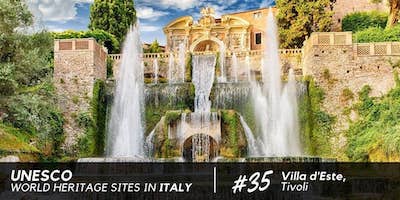
FAQS about visiting Villa d'Este in Tivoli
1. Why is Villa d'Este famous?
This extraordinary UNESCO heritage site is renowned and loved because it offers visitors a unique opportunity to contemplate an exceptional Italian garden dotted with fountains, grottoes, and nymphaeums enhanced by the enveloping sounds of water mechanisms and the wonder and wonder of water games.
2. What can you see at Villa d'Este in Tivoli?
When you visit the stunning 16th-century villa, you can explore its refined and elegant aristocratic flat adorned with polychrome frescoes, the gardens embellished with a myriad of bubbling fountains (such as the Rometta, Draghi, dell'Ovato, dell'Organo, di Nettuno, di Roma and del Bicchierone fountains) and the panoramic belvedere.
3. How long does a visit to the Villa d'Este in Tivoli last?
The tour that will take you to discover the interior of this picturesque and emblazoned historic residence and the lush gardens dotted with fountains and sophisticated water features costs €2. If you wish to enjoy a more immersive and relaxed experience, it would be better to dedicate half a day to better appreciate the mesh of a truly wonderful place.
4. When does the Organ Fountain at Villa d'Este play?
You will be able to enjoy the melodic sound of the world-famous and astonishing hydraulic organ fountain every day starting at 10.30 a.m., beaten by 2-hour intervals.
5. What is the difference between Villa d'Este and Villa Adriana?
Villa Adriana is a precious treasure trove, built on flat land, preserving architectural masterpieces from the Roman era, while Villa d'Este in Tivoli is a gem of the Italian Renaissance. Moreover, a visit to Villa d'Este is more demanding as it is necessary to climb many stairs to appreciate its incredible beauty and sumptuous interiors.
How to visit Villa d'Este in Tivoli?
To contemplate the marvellous gardens and water features of the Villa d'Este in Tivoli, it is essential to plan your visit carefully. A perfect suggestion for exploring its treasures and delving into its history is to book a tour accompanied by an expert guide. Here is some useful information on the different types of tours you can buy:
the individual tour is perfect for enjoying the magnificence of the fountains, lush gardens, and masterpieces housed in the opulent mansion. The standard rate is €7, while the cost is reduced for VillaePass and Villae365 holders. Minors under 6 years of age may enter free of charge.
During your visit, you will find toilets, a cozy refreshment area, and drinking fountains, each accompanied by descriptive signs for the individual monuments. The tour of the enchanting Villa d'Este is conducted outdoors, so it is advisable to wear comfortable, seasonally appropriate clothing and low-heeled shoes. Exploring the archaeological area in period clothing or costumes is not permitted.
In case of rainfall, there might be interruptions in the water supply feeding the fountains due to increased flow from the Aniene River.
The history of Villa d'Este in short
After receiving several territories near Tivoli as a donation from Pope Julius III, the well-known Cardinal Ippolito d'Este moved to Tivoli to administer them as best he could. Villa d'Este was inaugurated in 1572 after Cardinal Ippolito d'Este received several territories in the Tivoli area from Pope Julius III. Villa d'Este became a true jewel thanks to the skills of prestigious artists, including Bernini.
In the 18th century, neglect caused by the Habsburgs led to a decline in the garden's condition, affecting the mechanisms that powered the water games.
Renovation efforts began in the 19th century under Cardinal Gustav von Hohenlohe. During this time, the musician Franz Liszt also visited, choosing this location to compose the piano sonata 'Water Games at Villa d'Este.
Villa d'Este curiosities
This splendid historical residence was originally an ancient and mystical Benedictine convent. Its main floor was embellished with paintings by talented artists, directed by Livio Agresti da Forlì, one of the most illustrious exponents of Mannerism. In the hall of the Fontanina, you can admire a fresco representing the overall design of the Villa.
The gardens are rich in mythological symbolism and curiosities: the fountain flanking the priest of the monumental architectural complex represents the course of the three rivers from Tivoli to Rome. The Tivoli fountain incorporates elements that synthesize the emblematic peculiarities of the area in which it is located, from the mountains to the Aniene River to the Sibyl.
The Organ fountain has an ingenious operating system triggered by the movements of air and water, which regulates the emission of harmonious melodies.


.jpg)

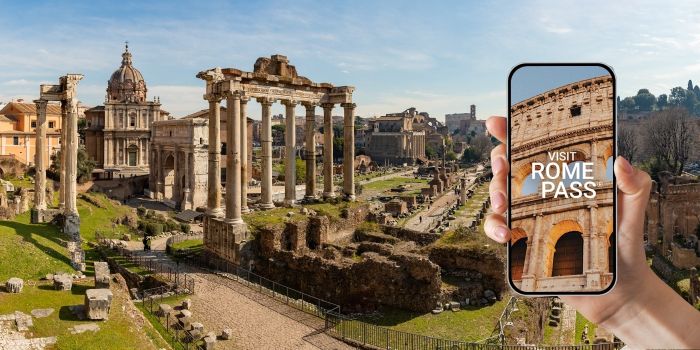
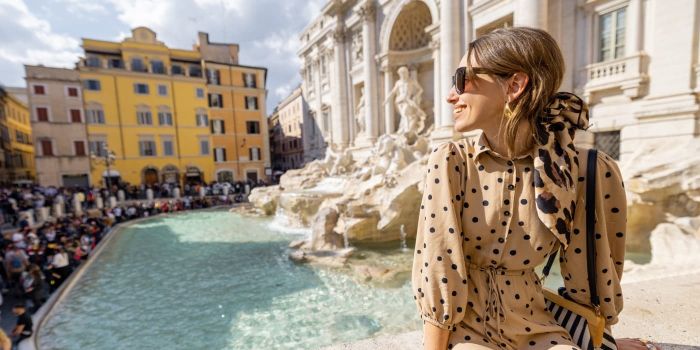
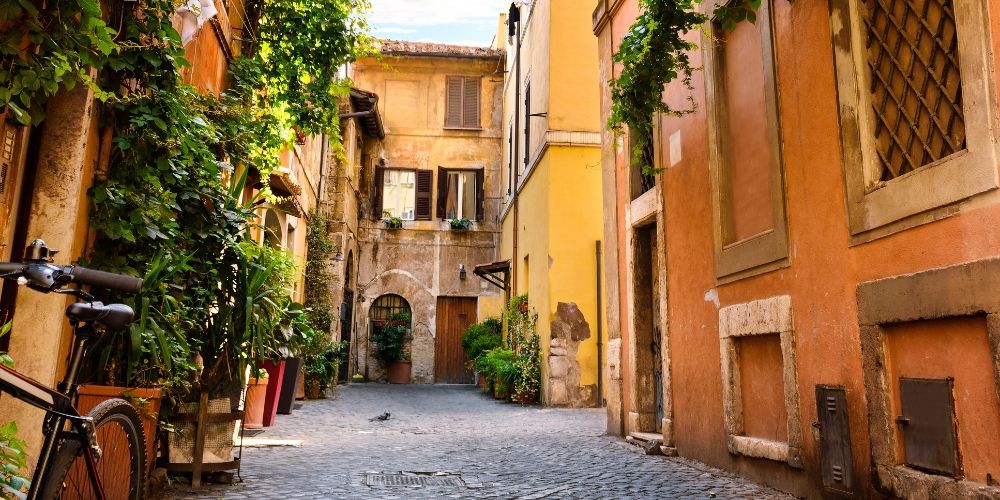
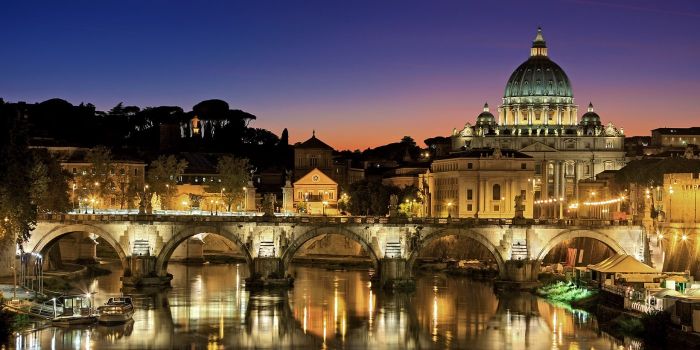
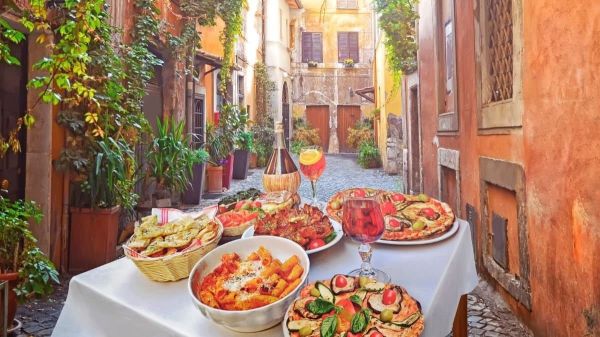
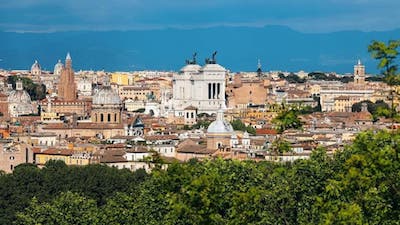




Simone Pini
Explore the Villa d'Este in Tivoli and its magnificent gardens: here is all the information on tickets, timetables, and guided tours to admire this splendid architectural masterpiece.